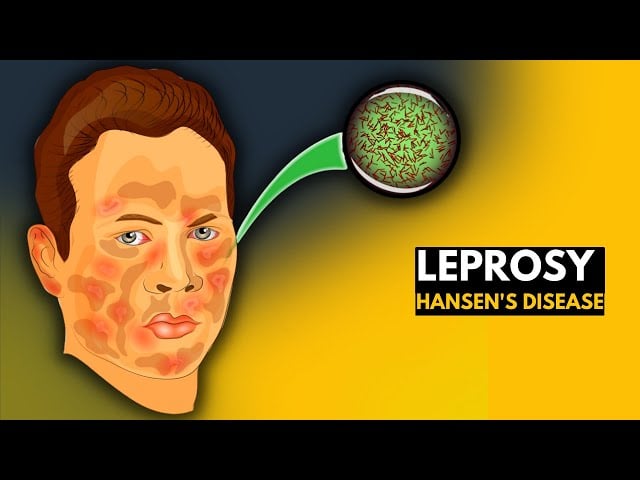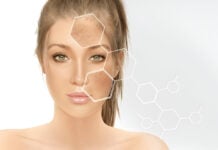Hansen’s disease, more commonly known as leprosy, is a chronic infectious disease that has existed for thousands of years. It has often been misunderstood and feared, largely due to the myths and stigma surrounding it. Caused by the bacteria Mycobacterium leprae, this disease primarily affects the skin, peripheral nerves, mucous membranes of the upper respiratory tract, and eyes. Fortunately, modern medicine has made leprosy both treatable and curable. Early diagnosis and proper treatment can prevent the long-term effects often associated with the illness.
Understanding the Disease
Hansen’s disease is caused by a slow-growing bacterium called Mycobacterium leprae. It spreads mainly through prolonged close contact with an untreated person, typically via droplets from the nose or mouth. It is important to note that leprosy is not highly contagious. In fact, over 95% of the human population has a natural immunity to the disease (World Health Organization [WHO], 2024).
The symptoms of leprosy can take several years—sometimes as long as 20 years—to appear after infection. The disease can cause light or dark patches of skin with decreased sensation, numbness in hands and feet, muscle weakness, and thickened nerves. In more advanced cases, if left untreated, it can lead to severe complications like deformities, blindness, and disability due to nerve damage (Centers for Disease Control and Prevention [CDC], 2023).
Classification of Leprosy
Leprosy is classified into different forms based on the number and type of skin lesions and the extent of nerve involvement. The two main types are:
- Paucibacillary leprosy – A milder form with a few skin lesions and very few bacteria.
- Multibacillary leprosy – A more severe form with many lesions and more bacteria in the body (CDC, 2023).
Understanding these types helps in selecting the appropriate treatment and predicting the possible outcomes of the disease.
Diagnosis and Treatment
Diagnosis of leprosy is usually based on clinical signs and symptoms. Doctors often perform a skin biopsy or a slit-skin smear to look for the bacteria under a microscope. In some cases, molecular tests like PCR (polymerase chain reaction) are used for more accurate diagnosis (WHO, 2024).
The good news is that leprosy is curable. The World Health Organization introduced multidrug therapy (MDT) in the early 1980s, which remains the standard treatment today. This therapy combines three antibiotics rifampicin, dapsone, and clofazimine taken over a period of 6 to 12 months, depending on the severity of the disease. MDT is provided free of charge by the WHO in many countries, and it effectively kills the bacteria and prevents transmission (WHO, 2024).
Myths and Stigma
One of the biggest challenges in managing Hansen’s disease is not the medical treatment, but the social stigma attached to it. Historically, people with leprosy were often isolated or forced to live in colonies away from society. These reactions were driven by fear, not facts.
Modern science has shown that leprosy is not easily transmitted and that people receiving treatment quickly become non-infectious. Despite this, many patients still face discrimination, job loss, and social isolation. Tackling stigma through education and awareness is crucial in supporting people affected by the disease and ensuring they seek treatment early (Lockwood & Suneetha, 2021).
Global Burden and Elimination Efforts
Although the number of leprosy cases worldwide has declined significantly, the disease has not been completely eliminated. According to WHO (2024), more than 200,000 new cases are reported each year, with most of them occurring in countries like India, Brazil, and Indonesia. Children make up about 6% of new cases, indicating that transmission is still ongoing in some communities.
Global efforts have focused on early detection, community education, and providing free treatment. Programs such as active case-finding campaigns and contact tracing have also proven effective. In recent years, health organizations have also pushed for the integration of leprosy services into general health care to make diagnosis and treatment more accessible and less stigmatized (WHO, 2024).
Moving Forward
While Hansen’s disease may be ancient, our understanding and ability to treat it have advanced greatly. With continued awareness, early detection, and proper treatment, leprosy can be cured, and the long-term complications avoided. However, for complete control and eventual elimination, we must also address the social barriers that prevent people from seeking help.
As global health systems continue to evolve, incorporating education about leprosy into medical training and public awareness campaigns will be essential. By doing so, we can ensure that people affected by Hansen’s disease receive not only medical care but also compassion and respect.
References
- Centers for Disease Control and Prevention. (2023). Hansen’s disease (leprosy). https://www.cdc.gov/leprosy/
- Lockwood, D. N. J., & Suneetha, S. (2021). Leprosy: Too complex a disease for a simple elimination paradigm. Bulletin of the World Health Organization, 99(2), 135–136. https://doi.org/10.2471/BLT.20.276832
- World Health Organization. (2024). Leprosy (Hansen’s disease). https://www.who.int/news-room/fact-sheets/detail/leprosy












